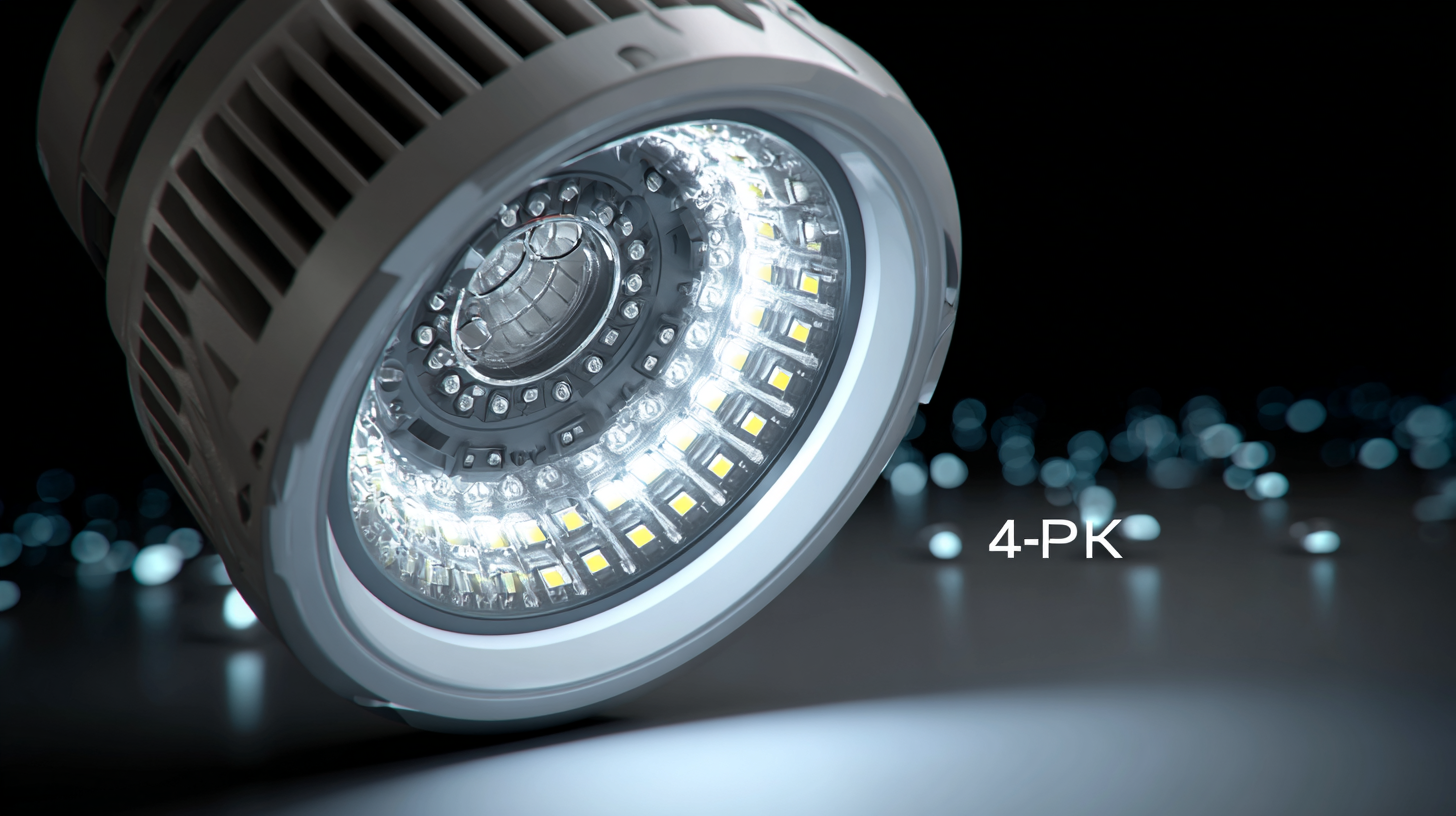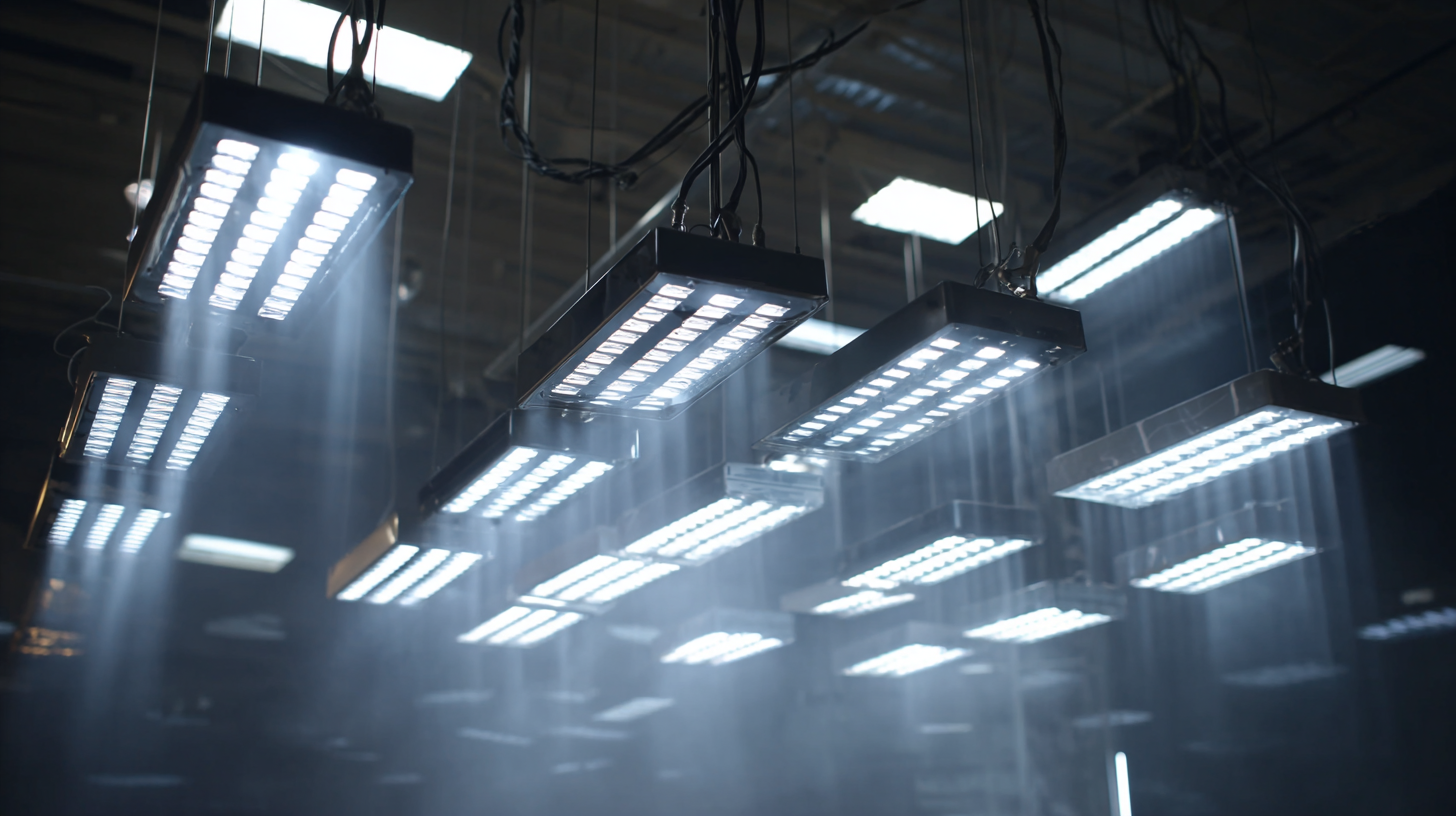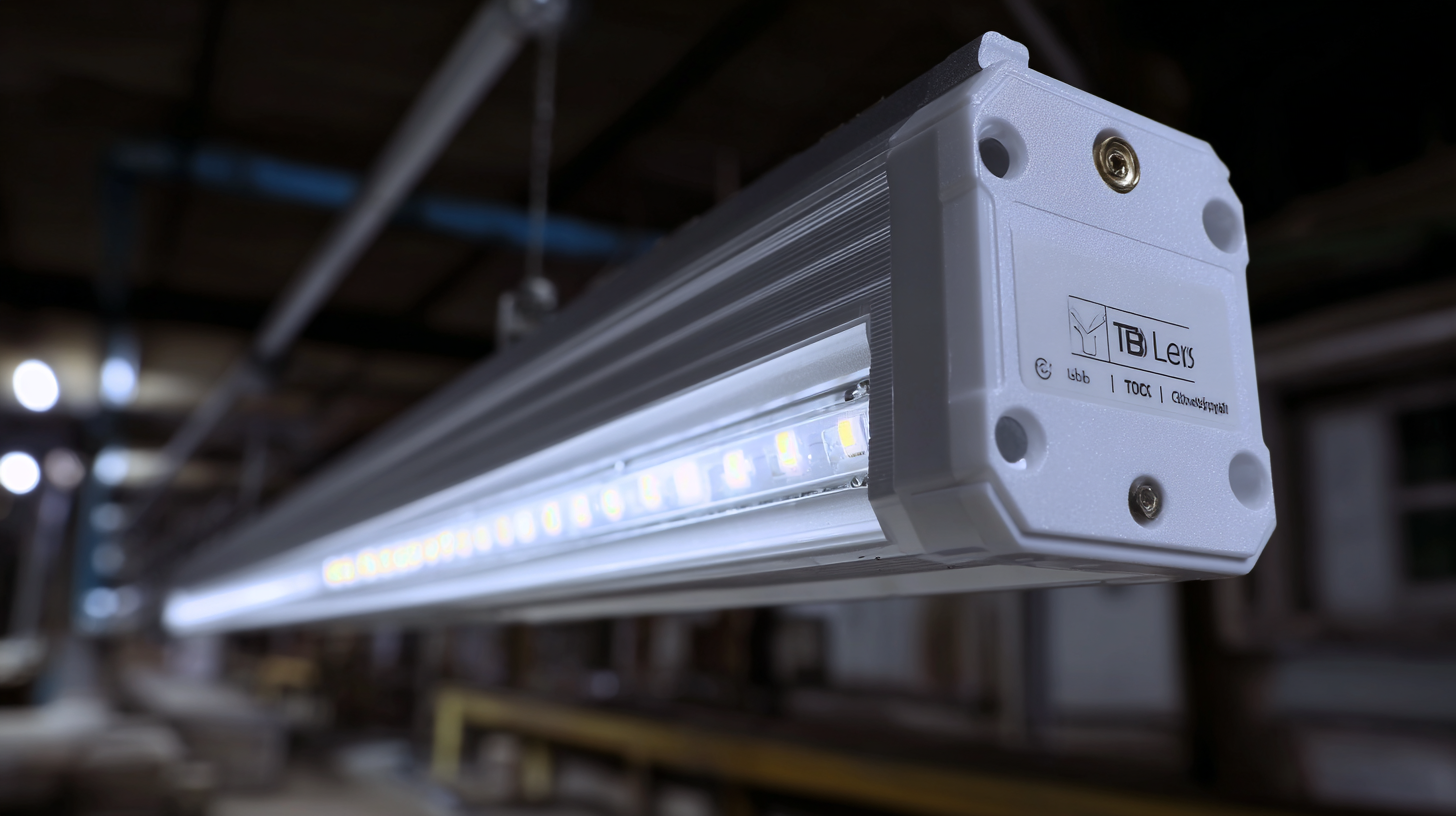7 Reasons Why the Best LED Fixtures Revolutionize Energy Efficiency for Global Buyers
 As global demand for energy efficiency intensifies, LED fixtures have emerged at the forefront of this revolution, dramatically transforming how industries optimize their energy consumption. According to a 2022 report by the International Energy Agency (IEA), transitioning to LED lighting has the potential to cut global energy consumption by up to 50% by 2030, translating to a significant cost reduction for businesses. LED fixtures not only offer longer lifespans and lower maintenance costs but also enhance productivity through improved lighting quality. Furthermore, the market for LED lighting is expected to exceed $100 billion by 2025, reflecting a growing preference among buyers for sustainable solutions. This blog explores seven compelling reasons why the best LED fixtures are not just a trend, but a vital investment for industries aiming to enhance their energy efficiency while meeting modern environmental standards.
As global demand for energy efficiency intensifies, LED fixtures have emerged at the forefront of this revolution, dramatically transforming how industries optimize their energy consumption. According to a 2022 report by the International Energy Agency (IEA), transitioning to LED lighting has the potential to cut global energy consumption by up to 50% by 2030, translating to a significant cost reduction for businesses. LED fixtures not only offer longer lifespans and lower maintenance costs but also enhance productivity through improved lighting quality. Furthermore, the market for LED lighting is expected to exceed $100 billion by 2025, reflecting a growing preference among buyers for sustainable solutions. This blog explores seven compelling reasons why the best LED fixtures are not just a trend, but a vital investment for industries aiming to enhance their energy efficiency while meeting modern environmental standards.
Key Advantages of LED Fixtures for Energy Conservation
As the world increasingly prioritizes sustainability, LED fixtures stand out as a pivotal solution for energy conservation. These innovative lighting options utilize advanced semiconductor technology, leading to remarkable energy efficiency compared to traditional incandescent or fluorescent bulbs. By consuming up to 80% less energy, LED fixtures do not just reduce electricity bills; they also minimize the overall carbon footprint, making them an environmentally friendly choice for global buyers keen on responsible consumption.
Moreover, the longevity of LED fixtures adds to their appeal. With a lifespan significantly longer than that of conventional bulbs, they require less frequent replacement, reducing both waste and cost over time. This extended durability, combined with their energy-saving capabilities, makes LEDs a strategic investment for businesses and homeowners alike. Additionally, many LED products offer adjustable brightness and color temperature settings, further enhancing their versatility while ensuring optimal energy use tailored to specific needs. This adaptability not only promotes greater energy conservation but also fosters a more sustainable approach to lighting solutions worldwide.
Innovative Technologies Driving LED Efficiency Improvements
Innovative technologies are at the forefront of enhancing the energy efficiency of LED fixtures, positioning them as a game changer for global buyers. With advancements such as improved semiconductor materials and better thermal management, the luminous efficacy of LED lighting has surged, reaching up to 200 lumens per watt, according to the U.S. Department of Energy. These innovations not only deliver brighter illumination but also significantly reduce energy consumption, allowing businesses to lower their operating costs while maintaining high-quality lighting standards.
Furthermore, smart LED technologies that integrate IoT (Internet of Things) capabilities offer real-time energy monitoring and management, further optimizing energy use. A report by Grand View Research anticipates that the global smart lighting market will reach USD 78.7 billion by 2026, driven by the increasing implementation of smart and energy-efficient lighting solutions. As lighting control systems evolve, users can achieve nuanced energy savings and long-lasting performance, transforming traditional lighting into a highly efficient and intelligent system. The synergy of these technologies not only exemplifies how LED fixtures revolutionize energy efficiency but also sets a new standard for sustainable practices in lighting across various industries.

Cost-Effectiveness of LED Lighting for Global Consumers
In recent years, the shift towards LED lighting has been transformative for global consumers, primarily due to its cost-effectiveness. According to a report by the U.S. Department of Energy, LED lighting can reduce energy consumption by up to 75% compared to traditional incandescent bulbs. This dramatic decrease translates into substantial savings on electricity bills, making LED fixtures an attractive option for both residential and commercial users. Furthermore, the initial investment in LED technology is expected to pay off within a few years of use, thanks to their extended lifespan of up to 25,000 hours, significantly reducing replacement costs.
In addition to their energy savings, LEDs also contribute to sustainability efforts globally. The International Energy Agency (IEA) estimates that if all global lighting were to switch to LEDs, the world could save the equivalent of the energy output of roughly 200 large coal-fired power plants. This transition not only benefits individual consumers economically but also aligns with broader environmental goals, helping to combat climate change. As more buyers recognize these advantages, the adoption of LED lighting continues to grow, solidifying its role as a cornerstone of modern energy efficiency strategies.
Sustainability Impact: LEDs and Their Role in Reducing Carbon Footprint
The urgency to address climate change has made the reduction of carbon footprints a priority across various sectors. LED (Light Emitting Diode) technology has emerged as a key player in this effort, exhibiting significant energy efficiency that can lead to a remarkable decrease in greenhouse gas emissions. According to the U.S. Department of Energy, widespread adoption of LED lighting could save over 348 terawatt-hours (TWh) of electricity by 2027, translating to a reduction of approximately 225 million metric tons of carbon emissions annually—equivalent to the annual energy use of over 25 million homes.

Furthermore, LEDs are designed to last much longer than traditional lighting solutions, with a lifespan that can exceed 25,000 hours. This durability not only reduces the frequency of replacements and waste but also decreases the energy and resources spent on manufacturing, transporting, and disposing of lighting products. A report from the Global Lighting Association highlights that switching to LEDs could result in a 50-70% reduction in energy consumption for lighting—a key component of buildings’ overall energy use. As global buyers increasingly prioritize sustainability in their purchasing decisions, the adoption of LED technologies presents an unparalleled opportunity to substantially lower carbon footprints in both commercial and residential settings.
Future Trends: Advancements in LED Fixtures for Enhanced Energy Performance
The advancement of LED fixtures is significantly reshaping energy efficiency across various sectors, with a spotlight on future trends promising enhanced performance. Recent reports indicate that the UK LED lighting market is projected to reach USD 12.8 billion by 2035, growing at a compelling 11.2% CAGR. This growth reflects the increasing demand for energy-efficient solutions as businesses and consumers alike prioritize sustainability. As LED technology continues to evolve, features such as customizable greenhouse lighting are emerging, enabling better yields and faster cycle times. This adaptability ensures that sectors reliant on precise light conditions can further optimize their energy use, leading to substantial gains in energy efficiency.
Moreover, the integration of innovative materials and technology in lighting is creating new pathways for sustainability. Studies highlight that energy-efficient lighting solutions not only promote sustainability but also enhance functionality in various environments, from urban infrastructure to aviation hubs. As regulatory frameworks, such as those being implemented in Canada, tighten around building environmental performance, the expectation is that advancements in LED technologies will pave the way for a more energy-conscious future. These developments underscore the pivotal role that modern LED fixtures play in transforming energy consumption trends globally.
